There are several different types of wasps. They are abundant, especially in the summer. Because of their appearance and the possibility that they may sting is best to get rid of them.
How to get rid of black wasps? Using traps is the most common and highly effective method to get rid of black wasps. Home remedies like essential oils, such as peppermint, clove, lemon, cedar, and geranium oil proved to be a strong repellents. Lastly, using insecticides is also an option.
In this article, we will go over black wasps in detail, including how to identify a great black wasp, determine if they’re harmful, and how to get rid of them.
Table of Contents
What Is a Black Wasp?
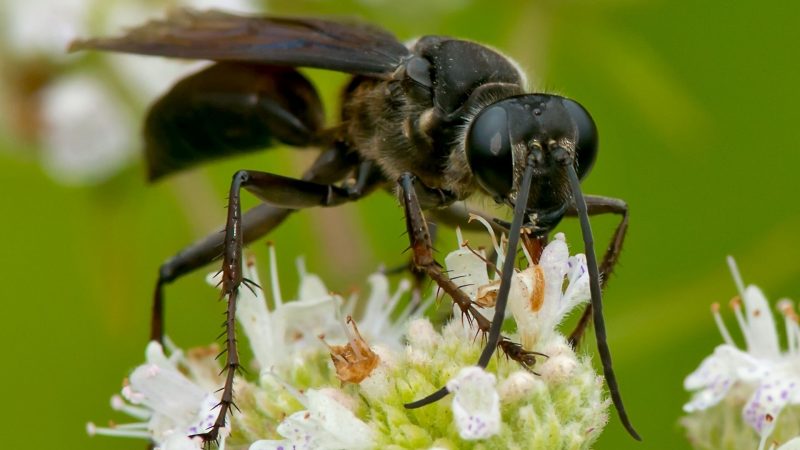
Black wasps, also known as great black wasps (Sphex pensylvanicus), are commonly found across North America. They may also be found almost anywhere with weather similar to that of North America. Great black wasps are digger wasps that nest underground. These wasps are solitary wasps, so they are rarely found in large groups or colonies. They are huge types of wasps that prey on grasshoppers, cicadas, and locusts. Black wasps are excellent pollinators as well.
What Does a Black Wasp Look Like?
As their name implies, black wasps are plain black in color. They don’t have any colored stripes, spots, or other patterns on their body. These wasps are bigger in size than a common wasp with a larger head and eyes, thin waist, huge back end, and large wings. The bottom of the abdomen of female black wasps has stingers. Male black wasps are stingless. Lastly, black wasps have six legs in total.
Are Black Wasps Harmful?
Black wasps are not considered dangerous insects and serve the ecology by pollinating flowers. However, their stings can be extremely painful and dangerous, especially for those with sensitive skin or who are allergic to insect stings.
Is the Great Black Wasp Aggressive?
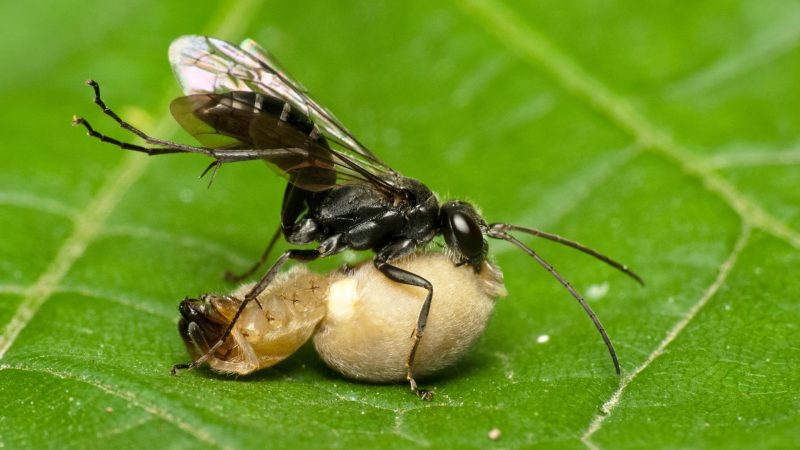
Great black wasps are not aggressive insects and they don’t initiate attacks on humans. However, they can be aggressive if they feel threatened or agitated. Female great black wasps, which are the only ones with stings, will sting to defend themselves or their nest.
What Happens if You Get Stung by a Black Wasp?
The stingers of black wasps contain venom. Black wasp stings can cause serious reactions in people with sensitive skin or who are allergic to insect bites. Severe swelling of the stung area, face, and throat are common serious reactions—various parts of the body itch. A severe reaction to the wasps’ sting might also include dizziness, sudden drop in blood pressure, and breathing difficulties. It could last anywhere from a few days to a week.
However, normal reactions after a wasp’s sting are commonly minor. It is painful when a black wasp stings. A burning sensation can be felt on the sting wound. The stung area develops itching, redness, and swelling after a few minutes; pain and burning sensation can be gone within hours. Also, the wound can be healed within weeks.
Why Do Black Wasp Stings Hurt So Much?
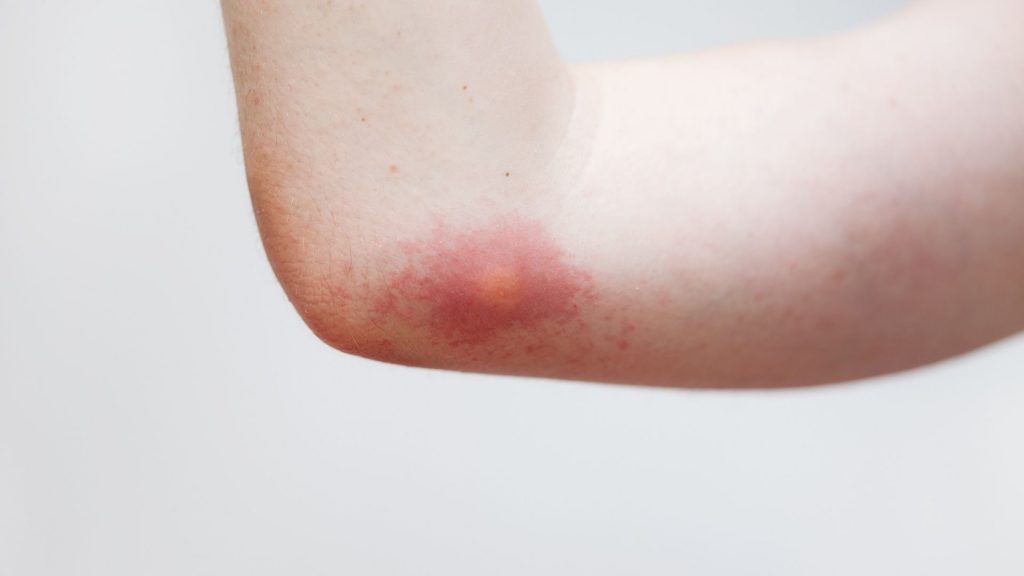
Female great black wasps have stings that contain venoms that they use to paralyze their prey. The venom is the main reason for their sting to hurt. Additionally, great black wasps have larger stingers compared to other types of wasps. When great black wasp stings, the puncture wound would be bigger and deeper, causing it to be painful.
Can Black Wasp Harm You?
There have been a few cases of people dying as a result of a severe reaction to a wasp sting. Individual reactions to stings can differ. People with insect bite allergies and sensitive skin are more likely to have severe reactions.
Should I Eliminate Black Wasps?
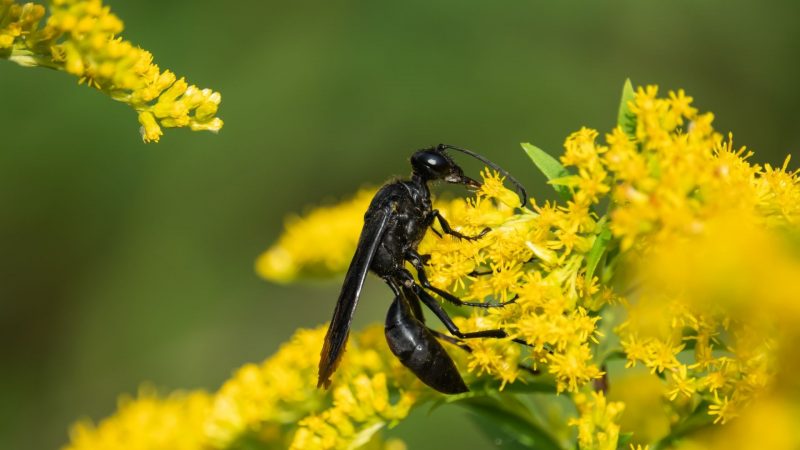
You may eliminate black wasps if needed. However, it would be better if it were possible to repel or keep them away. Although black wasps might be scary and intimidating, they are great pollinators that make a significant contribution to the ecology. Keeping them alive can be beneficial to the environment.
How to Get Rid of Great Black Wasp?
Getting rid of great black wasps could be dangerous as female black wasps can attack and sting if they feel threatened. But it can be done by doing a variety of ways. Below are some methods to get rid of wasps:
- The most common method is by repelling great black wasps with essential oils. Peppermint, clove, lemon, cedar, and geranium oil are excellent not only against great black wasps but also against other wasps and insects.
- You can eliminate black wasps with homemade sprays such as water with dish soap, bleach, and vinegar.
- If there’s a problem with great black wasps within the house, one of the best options is to utilize ultrasonic insect repellents.
- Black wasps can also be destroyed by striking them with hard objects like books or shoes.
- Using a wasp trap can make it easier to get rid of them.
- Insecticides can effectively eliminate wasps quickly, but keep in mind that most insecticides contain chemicals that are harmful to humans.
- Lastly, hire a professional pest control company.
What Are Black Wasps Attracted To?
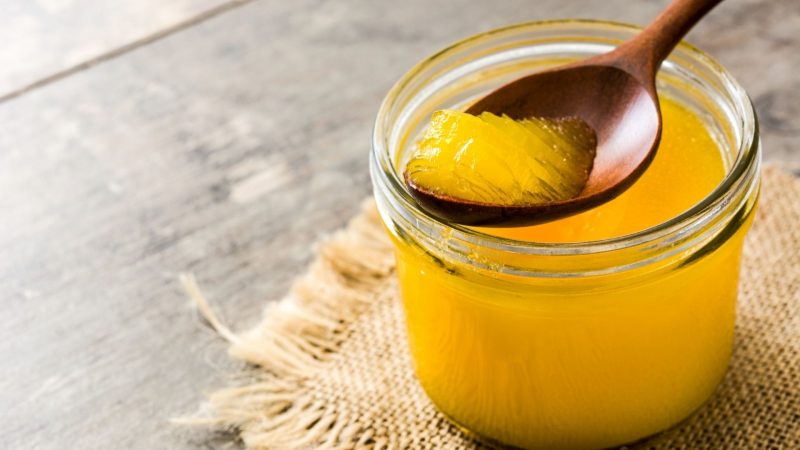
Black wasps are great pollinators, and they are drawn to flowers and nectar. These creatures are also attracted to any strong source of sugar. That’s why baits like sweet jams, fruit juices, sugar water, and sodas are commonly used in traps.
How to Trap a Black Wasp?
Homemade plastic bottle traps with baits like jams, fruit juice, root beer, and soda can be effective. To do this, follow the steps below:
Step 1: Remove the cap of the bottle.
Step 2: Cut off the top, and invert the top into the bottle’s body.
Step 3: Fill the bottle with dish soap and water and drench the neck of the bottle with baits. Wasps will be drawn to the bait and will fall to the bottom of the container.
What Is the Most Effective Wasp Trap?
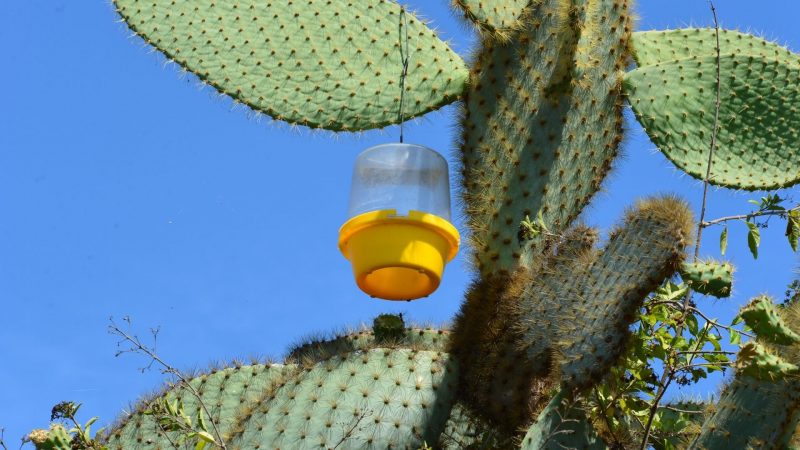
When used with the right bait, homemade traps can be very successful. However, there are ready-made wasp traps available in the market that have been proven to be successful.
What Does a Black Wasp Nest Look Like?
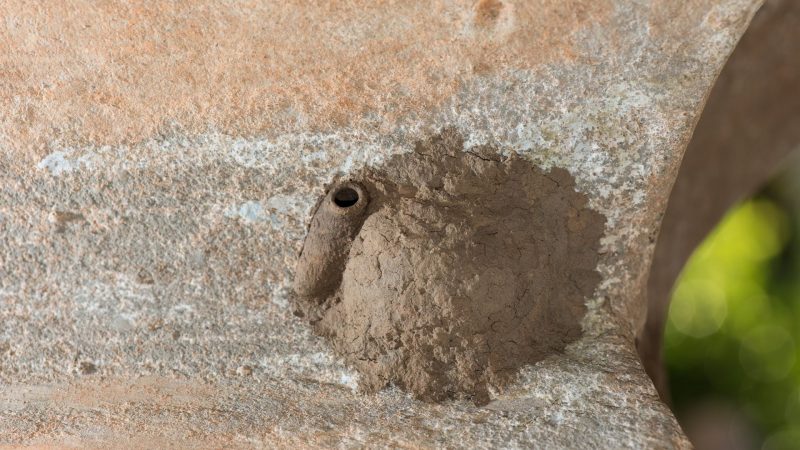
Great black wasp is one kind of digger wasp. They prefer to nest underground. Their nests are common to be found under trees, rocks, and walls. These wasps construct their nest with soft and well-drained soil, and on the surface, it will have a small hole where they can enter and exit. Black wasp nests are often small since great black wasps are solitary wasps. They will have eggs and larvae in their nest; however, they do not produce large colonies. Another sign of black wasps nest is plenty of paralyzed insects such as grasshopper, locusts, and cicadas that serve as food for their young.
Summary
Great black wasps can be scary and intimidating to look at because of their all-black appearance with huge bodies and wings. However, great black wasps are not aggressive and will not initiate an attack. Additionally, only female great black wasps have the ability to sting, as male great black wasps don’t have stingers. Though they have the ability to sting if threatened, their stings are usually minor and will go away quickly. Severe reactions can also be treated. Great black wasps can be eliminated in multiple effective ways, such as natural and homemade remedies. Always remember that, despite their frightening appearance, great black wasps are excellent pollinators.
List of Sources
Great Black Wasp (Family Sphecidae). (2010). University of Wisconsin-Milwaukee.
Waddick, P. (2021). Small Wonders: Great Black Wasp, Sphex Pensylvanicus. The University of Minnesota.
Great Black Wasp. Missouri Department of Conservation.